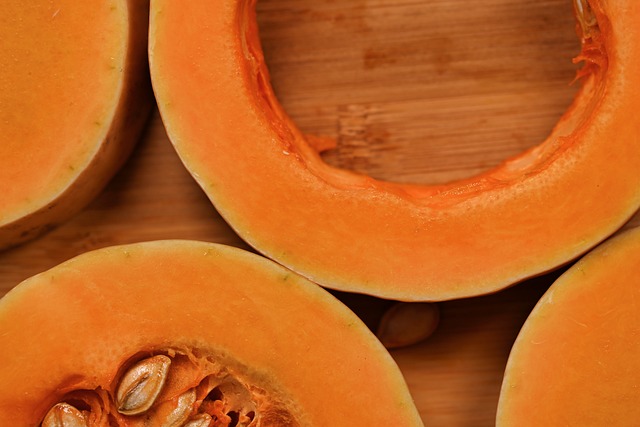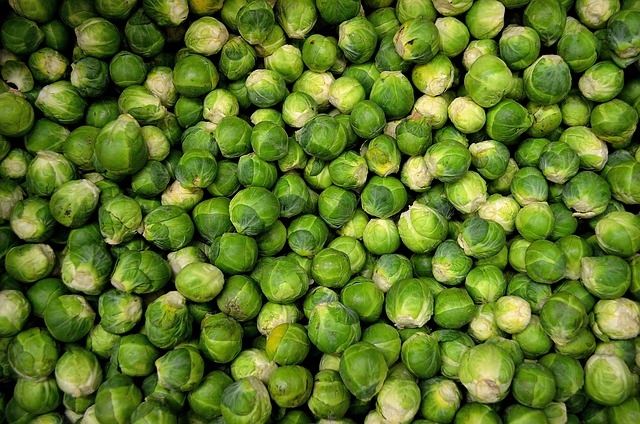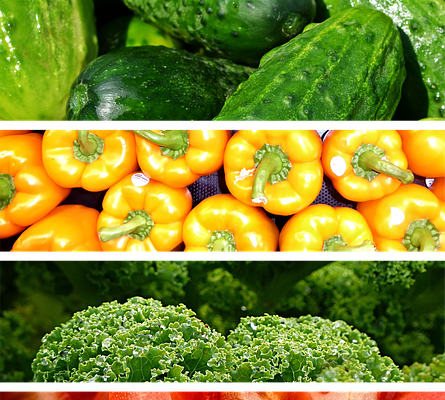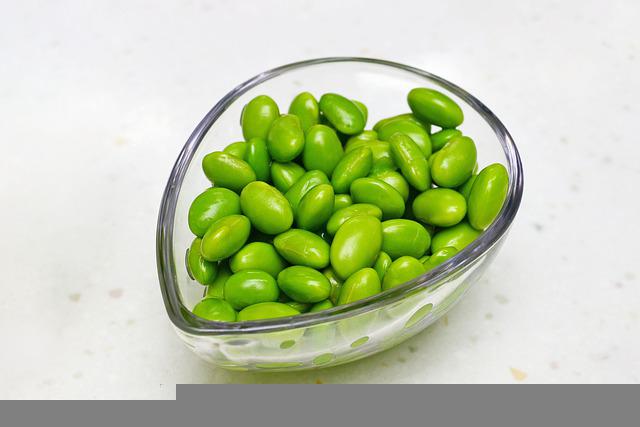These vegetables are high in critical nutrients, making them an excellent supplement to your regular diet.
It goes without saying that eating vegetables is good for your health. Despite the fact that the precise nutrients present in vegetables vary by variety, all varieties provide health advantages. Eating the required five servings of produce each day from a variety of sources helps your body acquire the vitamins, minerals, fiber, and antioxidants it requires to thrive.
“Some veggies contain more nutrients than others. What one vegetable lacks (for example, vitamin C), another may make up for. That is why variety is essential, “Alena Kharlamenko, M.S., RD, a media dietitian and the creator of Alena Menko Nutrition and Wellness, agrees.
Here are ten of the most nutrient-dense veggies you should be eating on a weekly basis.
1. Arugula
This leafy green is healthful, refreshing, and flavorful. Arugula, often known as rocket, has a peppery flavor that distinguishes it from other leafy green vegetables. It contains a lot of vitamin C as well as potassium, calcium, folate, and magnesium.
Arugula has a significant source of folate, which helps support the creation of DNA and is especially crucial during pregnancy or planning to become pregnant.
Arugula also includes glucosinolates, which are commonly found in cruciferous vegetables such as Brussels sprouts and broccoli. According to research, glucosinolates may have health-promoting qualities, such as lowering the risk of some malignancies. Arugula, like numerous other orange vegetables, is high in carotenoids, which are key molecules linked to cardiovascular and eye health.
2. Kabocha Squash
Butternut squash is a large, orange-colored vegetable with thick skin. The flesh of this winter squash is high in nutrients, with 1 cup containing about more than 10% of the Daily Value for potassium, fiber, and magnesium and 50% of the daily required Vitamin C. Butternut squash is also high in beta carotene, a precursor to vitamin A that is necessary for eye health and vision.

“Cut and roast butternut squash in the oven, or purée it into a soup,” Stark suggests. This adaptable vegetable can also be used in mixed recipes such as casseroles or mashed for use in baked goods such as pancakes or muffins.
3 Carrots
Carrots are a type of root vegetable, along with potatoes, beets, turnips, and parsnips. This vegetable is high in vitamin C, beta-carotene, fiber, and potassium.
Carrots also contain chemicals that, according to some research, may lessen the incidence of some malignancies. In one study published in the journal Nutrients in 2020, higher self-reported carrot intake was associated with a lower risk of colorectal cancer. While this study has several limitations, carrots are filled with key nutrients that make them worth including in your diet on a daily basis to support better overall health.
Carrots come in a multitude of colors, including orange, yellow, and purple. Add them to baked goods, cereal, soups, salads, and sandwiches, or enjoy them as a snack with your favorite veggie dip.
4. Onions
Onions may not be the first veggies that come to mind when thinking about vegetables to add to your diet. Onion is a member of the allium family, which also includes garlic and leeks, is high in nutrients and anti-carcinogenic chemicals.
Onions are a naturally low-calorie and low-fat food that also contains important micronutrients like vitamin C and potassium. Interestingly, the outer layers of onions have the largest concentration of antioxidant components; therefore, try to peel them as little as possible before using them in cooking to reap the most advantages.
Onions include a plant chemical called quercetin, which may decrease blood pressure and support heart health. However, many investigations on quercetin’s influence on blood pressure have been conducted using onion extracts, and the results have been equivocal.
Regardless, onions lend an earthy, savory flavor to cooking and are a source of many critical nutrients, earning them a spot on this list. For a great sandwich or burger topper, Stark suggests chopping and roasting onions.
5 Brussels sprouts
Cruciferous vegetables, such as Brussels sprouts, are high in vitamins, minerals, and phytochemicals with antioxidant characteristics. Mini, cabbage-like Brussels sprouts are high in vitamin K, which is essential for bone health and helps prevent blood clotting.

Furthermore, 1 cup of Brussels sprouts provides more than 100% of the Daily Value for vitamin C and more than 10% of the Daily Value for fiber.
Glucosinolates are found in Brussels sprouts, as well as other cruciferous vegetables such as kale, cabbage, and broccoli. These plant chemicals have been linked to decreased inflammation, which may have health advantages.
Shave’ Brussels sprouts into thin strands with a box grater as the base for a salad or stir-fry. They’re also great quartered and roasted with oil, salt, and pepper until browned and mostly crispy.
6. Mushrooms
Mushrooms are technically a fungus, yet they are classified as a vegetable in your diet. They are low in calories, and sodium, but they are high in many other nutrients and chemicals that have been linked to good health benefits.
Mushrooms are high in fiber, potassium, and B vitamins such as niacin (vitamin B3), riboflavin (vitamin B2), and pantothenic acid (vitamin B5). When mushrooms are exposed to UV radiation throughout the growing phase, they become an abundant source of vitamin D, which promotes the body to absorb calcium and adds to strong bones.
Mushrooms also contain ergothioneine, an amino acid that serves as an antioxidant and has been linked to a variety of health advantages, including a lower risk of cancer.
For a blended, plant-forward entrée, finely cut and add mushrooms to ground meats. Stark also suggests sautéing mushrooms over high heat to encourage browning and add a robust, umami-rich taste to any dish.
7. Pommes
Although potatoes have a terrible image, these nutrient-dense veggies are a wonderful source of vital elements such as potassium, fiber, and vitamin C.
As a high potassium source, potatoes may assist to naturally lower blood pressure by offsetting the effects of a high sodium diet.
They’re also high in carbs, making them a popular choice for athletes and active people. According to one study, eating potatoes during endurance exercise is just as effective as eating carbohydrate gels. This could make potatoes especially enticing to athletes looking for whole-food carbohydrate sources during exercise.
When preparing potatoes, consider ways that reduce the amount of saturated fat and sodium contributed by components such as oil, butter, and salt. The Dietary Guidelines for Americans advocate reducing saturated fat to no more than 10% of total calories while simultaneously limiting sodium intake. As part of a healthy eating pattern, choose roasted or steamed potatoes over fried potatoes.
8 red bell peppers
Bell peppers, especially those with vibrant colors like red, yellow, and orange, are high in vitamin C, an antioxidant important in iron absorption, skin and tissue regeneration, and immunological function.
One medium bell pepper (3.5 ounces) delivers more than 100% of the Daily Value for vitamin C.
Carotenoids, which are health-promoting substances linked to a lower risk of chronic diseases such as cardiovascular disease and cancer, are also found in bell peppers.
For snacks, hollow out and stuff small bell peppers with spreadable cheese and a dusting of pistachios.
9 Green peas
Peas are a type of legume, a vegetable that also contains lentils and beans.
“Green peas are one of the most protein-rich vegetables, and they’re also strong in fiber,” explains Gabrielle McPherson, M.S., RDN. One cup includes more than 25% of one’s daily fiber requirements, as well as 8 grams of plant-based protein.
A single cup also provides nearly 100% of the Daily Value for vitamin C and around 10% of the Daily Value for iron, vitamin B6, magnesium, and potassium. Peas are not only high in nutrients, but they are also inexpensive. Choose frozen or canned to help increase shelf life; just be mindful of additional flavorings and sodium.
Use canned, drained, or frozen peas to improve the protein content of casseroles, soups, pasta dishes, and other foods.
10. Beets
These vibrant root vegetables are high in health-promoting nutrients, making them one of the greatest vegetables to include in your normal diet. One cup of beets includes 4 grams of fiber and more than 10% of your daily potassium needs. Beets also include folate, magnesium, and phosphorus.
Beets contain antioxidant chemicals known as betalains, which lowers risk of cardiovascular disease. Betalains may also help with blood pressure control. Because of their high nitrate content, athletes frequently take beets and beet juice as an ergogenic supplement. In the body, these nitrates are converted to nitric oxide, which can assist in boosting blood flow.
Beets can be messy to prepare since their color bleeds quickly into cutting boards and other surfaces, including hands and clothes, so use caution when preparing them. For a less messy method to incorporate beets to cereal bowls and veggie salads, use drained, canned beets.
To Conclude
Vegetables come in a variety of shapes, sizes, textures, and flavors, each with its own nutritional profile and health advantages. Try incorporating several different sorts during your normal week to receive the most benefits.
Choosing canned or frozen products might make them more inexpensive and convenient. After all, variety is the spice of life—and it could be a boon to your health!

